- Learning time
- 60 minutes
- First play time
- 40 per player minutes
Teotihuacan: City of the Gods
Designed by: Daniele Tascini
In Teotihuacan, players work together in order to build a pyramid. But this collaborative effort is also a competitive one, as the player who contributes most to the ancient MesoAmerican culture will be the winner.
The board is a building site of sorts – the pyramid will be built in the centre, whilst players move their workers (dice) clockwise around it, gathering resources (wood, stone and gold) for either the pyramid itself, or developing technologies that improve your game. On your turn, you move a worker up to three spaces around the board and wherever they stop, they can complete an action there: the actions are gathering the aforementioned resources, or spending gold to develop technologies, or spending stone and wood on the pyramid itself. You can also build houses from wood, which not only score points, but advance your marker up the Avenue of the Dead track: more on that in a bit. Having completed the action, your worker gains experience: the pip value on the dice goes up, and next time they do an action, it will be more effective – gathering two stone, for instance, instead of just one. By the same token, having more than one worker at a location also improves the effectiveness of your actions, as two or three workers can carry more wood, for instance, than a single one.
The not-inconsiderable catch is that whenever you stop at a location with workers there already, no matter who they belong to, you must pay some cocoa in order to share the space with them. This generates a kind of economy around cocoa where you really need to have some at your disposal, and will be reluctant to spend it. You can sacrifice an action on your turn however to collect cocoa instead: whichever location you stop at, collection cocoa equal to the amount of coloured dice there, plus one.
All the actions and worker-enlightenment will eventually see one of your worker dice reach a value of six: at this point they ‘ascend’ – into heaven, one assumes – and are replaced by a basic worker with a value of one. The loss of your most experienced worker is offset slightly however – you move another space up the Avenue of the Dead, and get a one-off reward.
After everyone has taken a turn, a light Eclipse marker moves one step along the Eclipse track towards a dark one – when the two meet, there will be a scoring round, and this is where your progress along the Avenue of the Dead is rewarded with bumper points. Players who’ve contributed to the building of the pyramid also score points, and a new round begins. After the third eclipse, the game will end and the player with the most points wins.
The gist of the game, then, is the resource-gathering and building, but around that reasonably simple heart there are some other things to bear in mind. You have markers on three Temple Tracks and moving up them brings rewards – points, cocoa or resources – as well as the possibility of Discovery tiles. These are dotted around the board and contain more instant rewards, or masks that can be collected and scored during an eclipse. Finally there is one last option for a worker: instead of taking the main action or collecting cocoa, they can take a juicy Worship action, which pushes them up Temple tracks and rewards them Discovery tiles. The downside is a worshipping worker is ‘locked in’ to a worship space, and getting them moving again is expensive!
The guru's verdict
-
Take That!
Take That!
None, outside of other workers getting in your way and making movement to a location expensive.
-
Fidget Factor!
Fidget Factor!
High on a first play, dropping to moderate.
-
Brain Burn!
Brain Burn!
Pretty heavy. The game isn't short on options, with each or your three (or four!) workers being able to move to three different locations, and do up to three (more for more workers) different things there. This is before you factor in the idea of planning ahead - something that Teotihuacan rewards.
-
Again Again!
Again Again!
Huge variety here in both the set-up (the locations are dealt randomly) the Discovery tiles, and the sheer weight of choices.

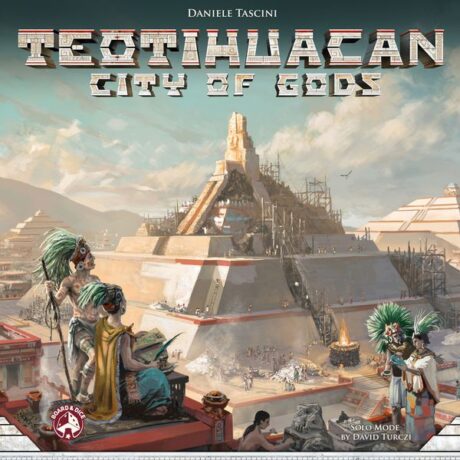
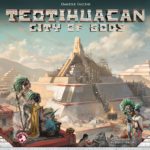
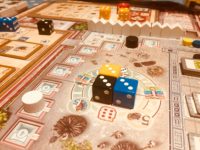
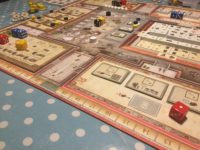
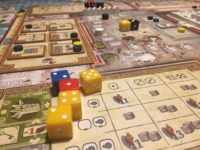
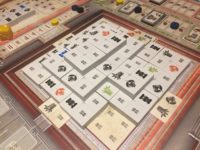
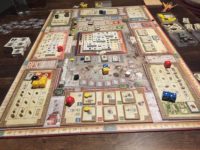



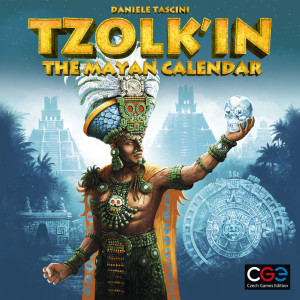
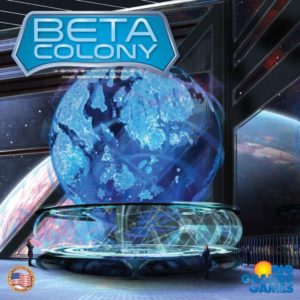
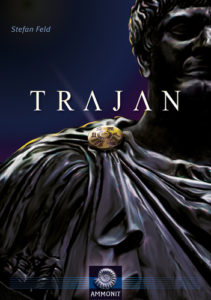
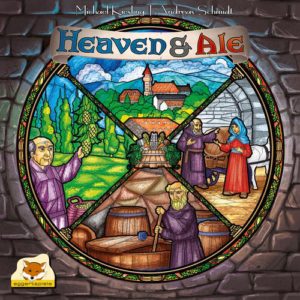

Sam says
Some things about Teotihuacan I love: the slightly madcap presentation, the workers gaining more ability as they go, the figuring out of an intricate puzzle of moving parts. I'd factor in a caveat though: this is a game with a lot of bookkeeping. Every turn has a hefty amount of things to remember, especially if you have developed technologies, as these reward you from stopping at particular locations. As well as the action itself (and the cocoa cost) which may gain rewards, there are the worker upgrades and tech boosts that may then prompt other boosts, potentially ascending workers gaining more rewards... that's before you get to the last player, who also needs to remember to move the eclipse marker. So it's kind of a busy experience, and not as streamlined other puzzle games. But it's certainly a clever, very intricate design, and it's great to see the pyramid coming together in the middle of it all.